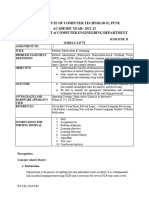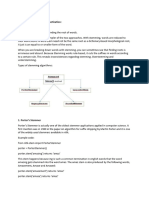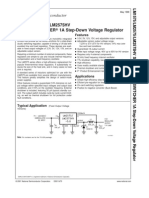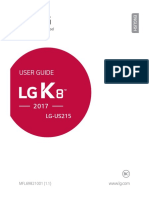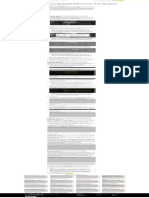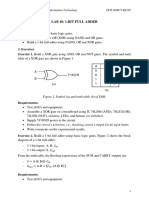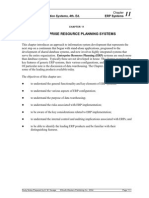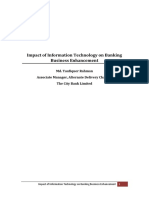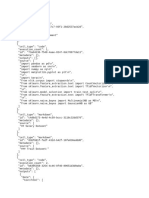0% found this document useful (0 votes)
4 views7 pagesTokenization (Breaking Text Into Words) : Import From Import From Import From Import
Uploaded by
Sujay Kumar (2100622)Copyright
© © All Rights Reserved
We take content rights seriously. If you suspect this is your content, claim it here.
Available Formats
Download as PDF, TXT or read online on Scribd
0% found this document useful (0 votes)
4 views7 pagesTokenization (Breaking Text Into Words) : Import From Import From Import From Import
Uploaded by
Sujay Kumar (2100622)Copyright
© © All Rights Reserved
We take content rights seriously. If you suspect this is your content, claim it here.
Available Formats
Download as PDF, TXT or read online on Scribd
/ 7








































